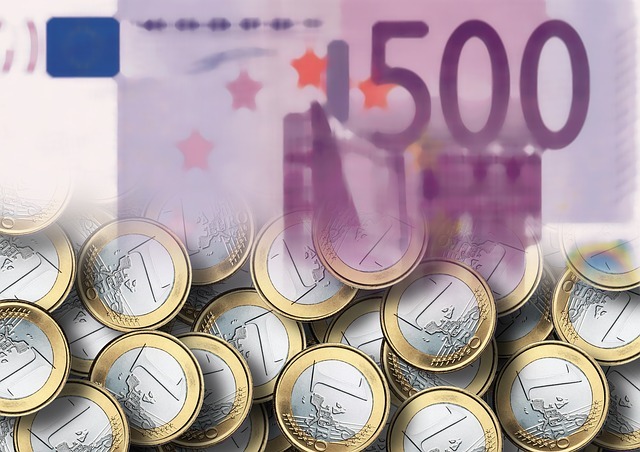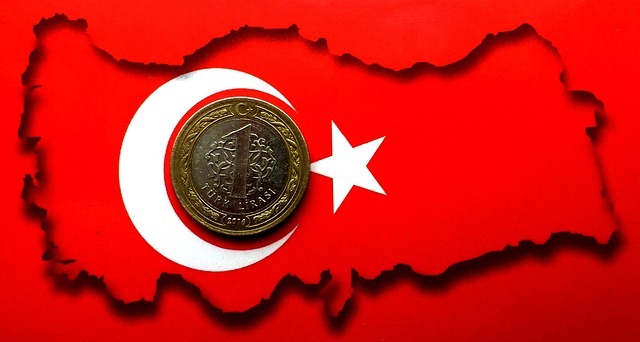In this article, we have covered the highlights of global market news about the USD/JPY, EUR/USD, GBP/USD and USD/TRY.
USD/JPY will retest YTD low of 127.53/23 in Q2 amid ‘bearish’ triangle pattern – Credit Suisse
The USD/JPY has continued to strengthen. Nonetheless, Credit Suisse analysts continue to expect the current price action to be a bearish “triangle” continuation pattern and believe that the range will ultimately be resolved downward.
Consolidation of the “triangle” phase might take some time. We are now searching for more near-term strength in what seems to be the beginning stages of a possible continuation pattern known as a “triangle.” The next resistance point is at 135.12, and we want to cap the harsher obstacle at 136.67/137.30.
“Overall, if we’re right and we’re witnessing the creation of a bearish ‘triangle,’ this would imply that we could eventually see a break below 129.64 later in Q2 for a retest of the 127.53/23 YTD low and 50% retracement of the 2021/2022 upswing. Although a new hold should be permitted here, we watch for a break eventually to the downside for a fall to the next support at the 61.8% retracement at 121.44. Also, we would anticipate that such a decline would coincide with a general market “risk off” period.
EUR/USD: The Euro may see fresh pressure as risk perceptions rise, according to Commerzbank.
Ulrich Leuchtmann, Head of FX and Commodities Research at Commerzbank, notes that although the FX market regards risks as being more unclear overall, these risks are primarily negative for the Euro.

There will always be some catastrophe. “Some calamity will inevitably occur somewhere. I am still determining whether the unexpected will be EUR-positive or EUR-negative since I do not know what it will be. Nonetheless, increased risk perceptions were generally seen as negative for the Euro in recent quarters.
“There is unusually little going on right now, so the Euro is trading relatively high. The Euro may see fresh pressure if that changes and the trend from the previous quarters continues. I am also skeptical about the present EUR/USD values.
GBP/USD: Reaching fresh highs for the year, with 1.2668/1.2758 as a key barrier in the way, according to Credit Suisse
The GBP/USD exchange rate surpassed the 1.2447/49 highs from December and January. Credit Suisse analysts continue to be positive for what they see to be more difficult resistance around 1.2668/1.2758, which includes its downward trend since May 2021.
Falling back to 1.2190/70 is possible on a break under 1.2274. “With a bullish moving average “golden cross” in place, we retain our fundamentally optimistic forecast for resistance next at 1.2668/1.2758, representing the high from May 2022, the 61.8% retracement of the 2021–2022 decline, and the long-term downtrend from May 2021. Then, our preference would be to search for a cap here for a new period of consolidation. Yet, if strength grows, we will encounter resistance at 1.2894 and 1.3000.
The immediate danger should remain elevated as long as support at 1.2274 holds. A break might result in a drop-down to 1.2190/70, although new buyers are anticipated here.
USD/TRY devaluation has lately accelerated, a warning indication – Commerzbank
Since last fall, the USD/TRY exchange rate has been steadily declining, as if being tugged along by a piece of thread. Ulrich Leuchtmann, Head of FX and Commodities Research at Commerzbank, considers the recent acceleration in the depreciation rate to be a warning indicator.

The boom becomes louder the longer it hisses. “We have repeatedly described the government and central bank of Turkey’s policies as weak forms of capital restrictions. In light of the changes in the exchange rate, this policy is turning the USD/TRY into a controlled exchange rate. The problem with currency rate control is that it needs to be more sustainable.
“EMS I., Bretton Woods, the money serpent. All of these efforts to regulate exchange rate movements failed eventually. Things become worse the longer the control is ineffective if the imbalances become unstable. Hence, if I predict that the control of the lira exchange rates will eventually materialize, I am not taking too much of a risk.
“The evolution of the TRY exchange rate demonstrates one thing: the acceleration of the depreciation rate is a warning indicator,” the author writes.
Please click here for the Forex News Updates from 5 April, 2023.

